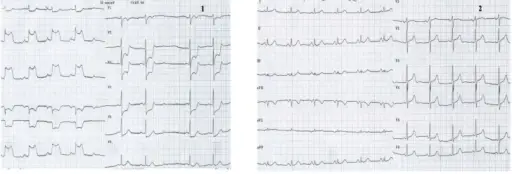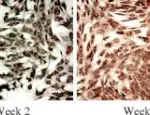Angina pectoris is caused by ischemia due to the imbalance of blood supply and oxygen demand. Angina pectoris is a common presenting symptom in patients with coronary artery disease.
What is the Pathology of Angina Pectoris?
Angina pectoris pathology is due to oxygen deprived heart muscles, resulting in accumulation of waste products that irritate local nerve endings leading to pain.
How does Angina Pectoris Present?
Angina pectoris presents as retrosternal chest pain or discomfort which is often felt as pressure, heaviness, squeezing, burning, or choking. Pain is often localized in the epigastrium, back, neck, jaw, or shoulders, and is precipitated by exertion, eating, cold temperatures, or emotional stress that lasts 1-5 minutes relieved by rest. Pain is not influenced by respiration, position, or cough.
How is Angina Pectoris Diagnosed?
Underlying cause of angina pectoris may be diagnosed through chest x-ray, stress test, electrocardiogram, and coronary angiography.
How is Angina Pectoris Treated?
Angina pectoris treatment includes lifestyle changes, treatment of risk factors, and pharmacologic: sublingual nitroglycerin, beta blockers, calcium channel blockers, and ACE inhibitors.
What is the Prognosis of Angina Pectoris?
Angina pectoris prognosis is dependent on left ventricle function, atherosclerosis location and severity, and response to medical treatment. Left ventricular ejection with reduced ejection fraction has a poor prognosis.



